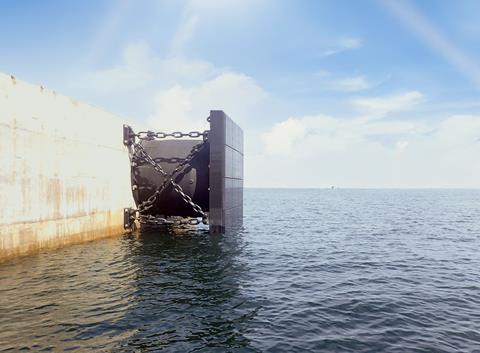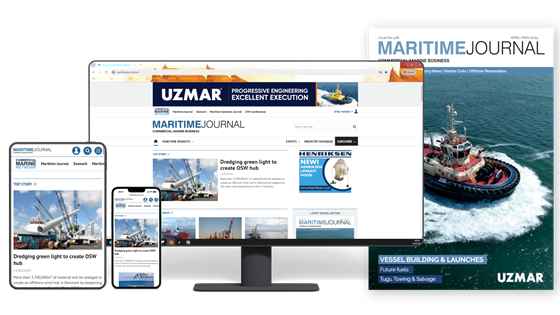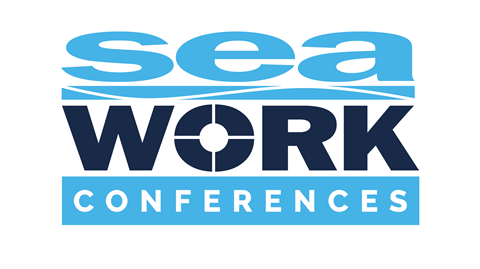Malaysia’s national energy company Petronas has commenced construction of its third floating liquefied natural gas (FLNG) vessel, to be deployed at a nearshore location in Sabah, East Malaysia.

Designed to produce up to 2 million tonnes of LNG per year, it is expected to begin commercial operations in the second half of 2027.
ShibataFenderTeam designed and manufactured 4 Cell Fenders Systems (CSS3000, G3.1) for the new berth, built under the leadership of Samsung Heavy Industries and JGC, and China Communications Construction Company providing specialized marine support. These CSS3000, the largest available and made from the hardest rubber grade, feature 4000x4500 mm steel panels fitted with four tension chains, two weight chains, and two uplift chains, a non-standard configuration customized to the scale of the systems. The scope also included 24 sets of 300T Tee Bollards.
In the light of the new PIANC2024 Guidelines, special attention was paid to cyclic loading to avoid fender overloading under mooring conditions. The FLNG will be permanently moored at the Sipitang Oil and Gas Industrial Park (SOGIP) berth, with our solutions engineered for long, maintenance-free service life and tested to withstand worst-case mooring loads under extreme environmental conditions.
This nearshore installation is a self-contained platform that produces, treats, liquefies, stores, and transfers LNG. Natural gas is cooled to a liquid state—reducing its volume by about 600 times—before being stored in the hull and offloaded onto carriers for transport to global markets, strengthening Malaysia’s export capacity.
Given these operating conditions, the hull, with its significant draft and windage area, is exposed to the full range of forces expected during its design life, including strong winds, waves, and currents. The resulting mooring loads, determined through Dynamic Mooring Analysis (DMA), must be absorbed reliably without fatigue, creep, or overloading—requirements fully addressed by SFT’s CSS3000 fender systems.
Manufactured and tested at our Malaysian facility, these fenders offered a welcome challenge for the team and show that the company can deliver in-house, high-performing rubber fenders across a broad range of sizes.














